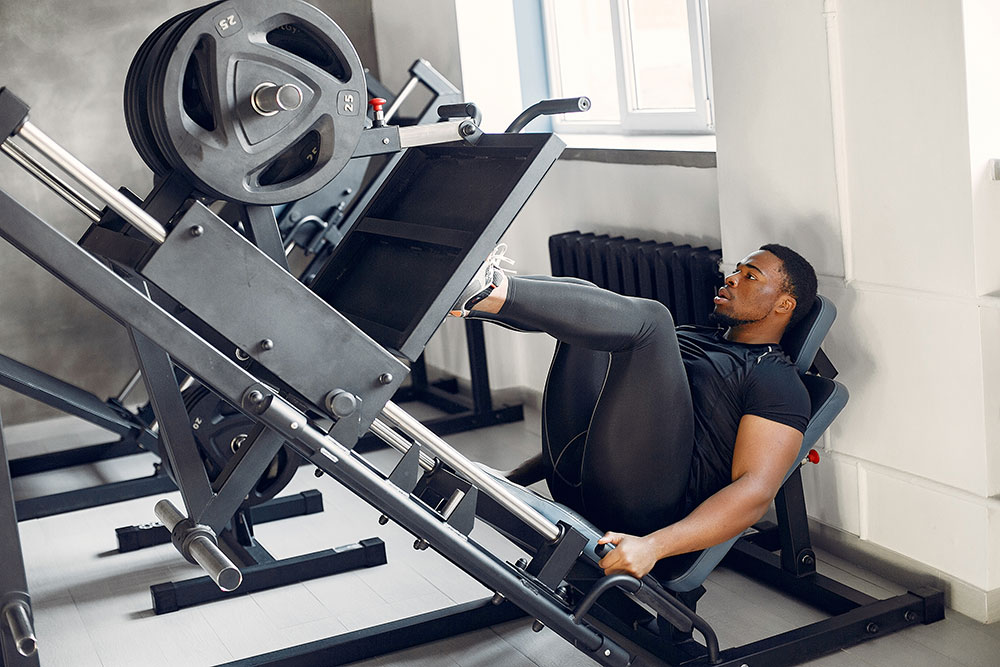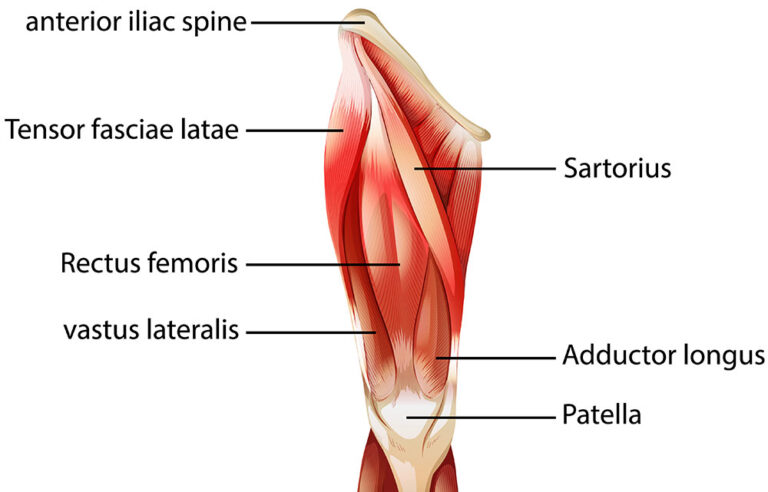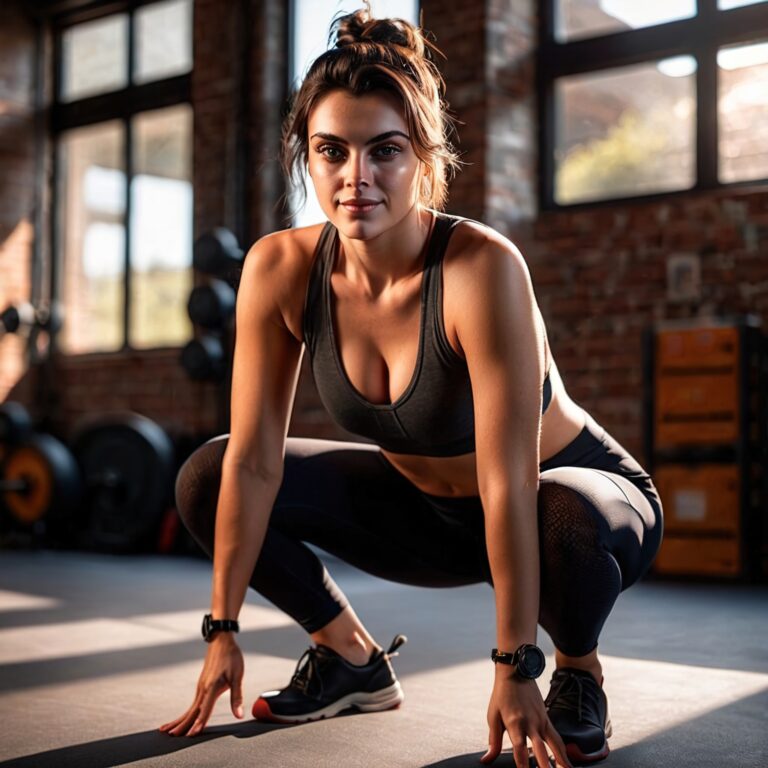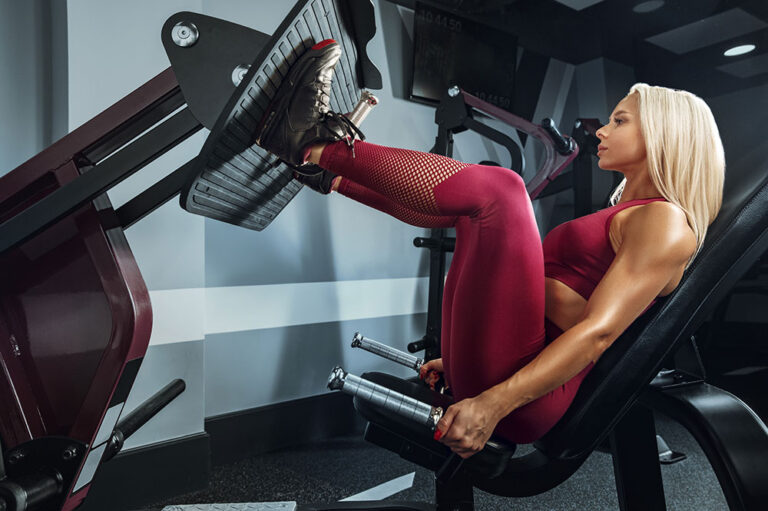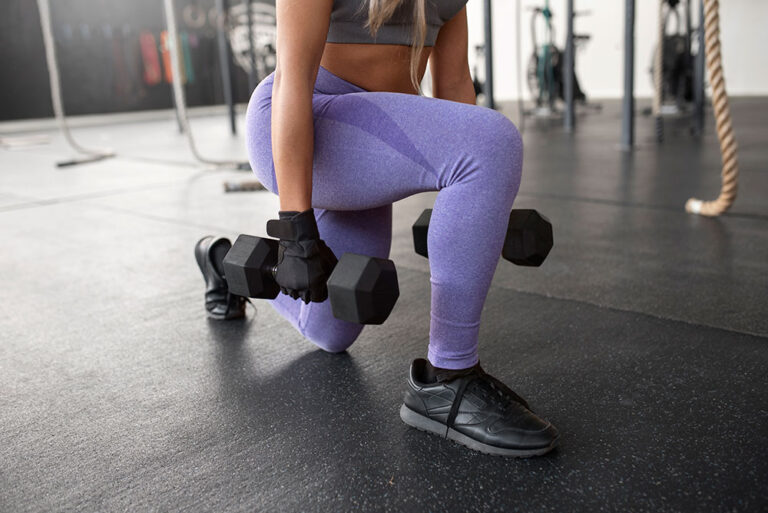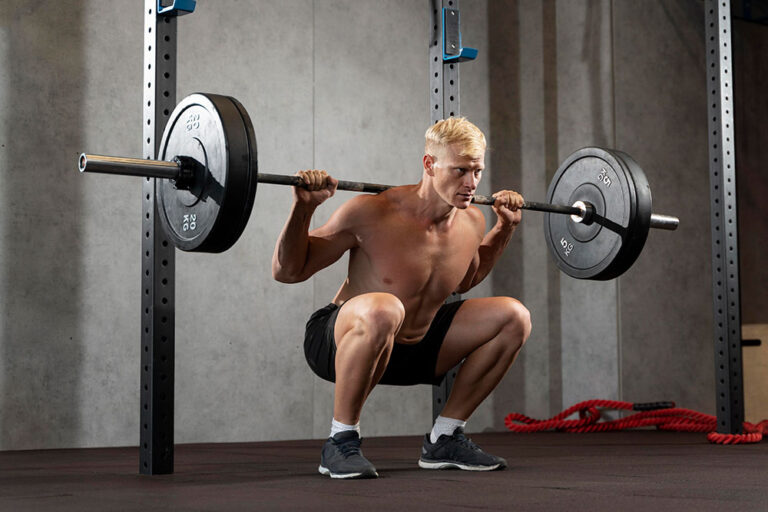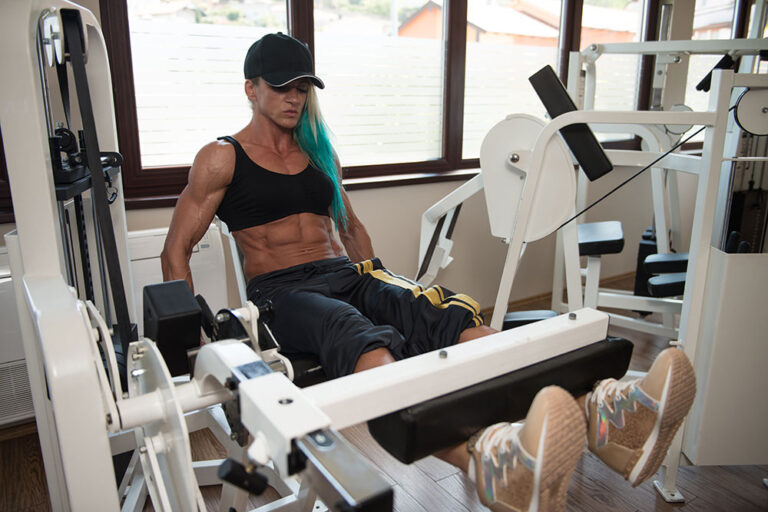Exercises to Strengthen Your Quadriceps
Are you ready to unleash the power of your legs? Your quadriceps, those four muscles at the front of your thighs, play a crucial role in everything from walking and running to jumping and squatting. Whether you’re an athlete looking to boost performance or someone who wants to stay active as you age, strengthening these muscles can make all the difference. Not only do strong quadriceps enhance physical capabilities, but they also help prevent injuries and improve overall stability. Let’s dive into why these muscles matter so much and explore effective exercises that will elevate your fitness routine!
What are the Quadriceps and Why are They Important?
The quadriceps, often referred to as “quads,” consist of four powerful muscles located at the front of your thighs. These include the rectus femoris, vastus lateralis, vastus medialis, and vastus intermedius. Together, they are essential for various movements.
These muscles primarily function to extend your knee joint. Every time you stand up from a seated position or climb stairs, your quads are hard at work. They also play a vital role in stabilizing your body during activities like running and cycling.
Beyond mobility, strong quadriceps contribute significantly to overall leg strength and balance. They help absorb impact when you land after jumping and support proper posture while exercising or moving throughout the day. Strengthening them can enhance athletic performance and ensure daily tasks feel easier!
Common Injuries and Conditions that Affect the Quadriceps
Quadriceps injuries can be quite common, especially among athletes and active individuals. Strains are the most prevalent injury, often caused by overexertion or sudden movements during sports activities. This type of injury leads to pain and discomfort in the front thigh.
Another concern is tendonitis, which occurs when the quadriceps tendons become inflamed. This condition usually develops gradually due to repetitive stress from high-impact exercises.
Contusions, or bruises, also frequently affect this muscle group. A direct blow to the thigh can lead to swelling and tenderness.
More serious conditions include quadriceps tears or ruptures that require medical attention for proper recovery. Keeping an eye on these potential issues is essential for maintaining optimal leg strength and function while reducing downtime from workouts or daily activities.
The Benefits of Strengthening Your Quadriceps
Strengthening your quadriceps offers a myriad of benefits that go beyond just aesthetics. A strong set of quads plays a crucial role in stabilizing the knee joint, which can reduce the risk of injuries during physical activities.
Enhanced mobility is another advantage. Strong quadriceps enable smoother movements in daily tasks such as walking, climbing stairs, or getting up from a chair. This leads to improved functional fitness.
Additionally, well-developed quadriceps contribute to better athletic performance. Whether you’re running, cycling, or playing sports, stronger legs help you achieve greater power and endurance.
Don’t overlook the metabolic boost either. Engaging these large muscle groups can increase calorie burn both during and after workouts.
Strengthening your quads aids in maintaining proper posture and balance. This foundation supports overall body alignment and helps prevent issues down the line.
Best Exercises for Strengthening the Quadriceps
When it comes to strengthening your quadriceps, several exercises can deliver impressive results.
Squats are a classic choice. They engage multiple muscle groups while placing significant demand on the quads. You can modify them with variations like goblet or front squats for added challenge.
Lunges offer another effective option. Forward lunges not only target the quads but also improve balance and coordination. Don’t forget about reverse lunges—they’re easier on the knees and provide a different angle of activation.
The leg press machine is excellent for focused strength training without putting too much strain on your back. Adjusting foot placement changes the emphasis, allowing you to emphasize your quadriceps even more.
Step-ups are functional and versatile. Using a bench or sturdy platform, stepping up engages your quads through controlled movement, promoting both power and agility as you lift yourself onto an elevated surface with each rep.
A. Squats
Squats are a powerhouse exercise for strengthening your quadriceps. This compound movement engages multiple muscle groups, making it efficient and effective.
To perform a squat, stand with your feet shoulder-width apart. Keep your chest up and back straight as you lower your body by bending at the knees. Aim to keep your weight on your heels while lowering down as if sitting back into an invisible chair.
It’s essential to go low enough to feel the burn in those quads without compromising form. Depth is key—try to reach parallel or slightly below if you’re comfortable.
You can add variations like goblet squats or barbell squats for extra challenge once you’ve mastered the basic form. Incorporating this fundamental move into your routine will not only build strength but also improve stability and flexibility in the legs.
B. Lunges
Lunges are a fantastic exercise for targeting the quadriceps while also engaging other muscle groups. They promote balance, coordination, and stability.
To perform a basic lunge, stand tall with your feet hip-width apart. Step forward with one leg while lowering your body until both knees form about 90-degree angles. Ensure that your front knee doesn’t extend beyond your toes to avoid injury.
You can mix up lunges by trying variations like reverse lunges or walking lunges for added challenge. These modifications not only keep workouts fresh but also enhance overall strength and endurance.
Incorporating lunges into your routine can lead to improved athletic performance and increased functional strength in daily activities. Plus, they require no equipment—making them perfect for home workouts!
C. Leg Press
The leg press is a powerful exercise that targets the quadriceps, glutes, and hamstrings effectively. It’s performed on a specialized machine designed to push weight away from your body while seated.
To start, adjust the seat so your knees can bend comfortably without straining. Place your feet shoulder-width apart on the platform. This positioning ensures you engage your quads fully during each repetition.
As you lower the weighted platform toward you, control the movement. Avoid locking out your knees at the top; this keeps tension in your muscles and minimizes injury risk.
Leg presses are versatile too! You can vary foot placement—higher or lower—to shift focus onto different muscle groups within your legs.
Incorporating leg presses into your routine builds strength and stability in a controlled environment, making it an excellent choice for both beginners and seasoned athletes alike.
D. Step-Ups
Step-ups are a fantastic way to target your quadriceps while also engaging other muscle groups. This exercise mimics the natural motion of climbing stairs, making it functional and effective.
To perform a step-up, find a sturdy bench or platform. Stand facing it with feet hip-width apart. Step onto the platform with one foot, pushing through your heel as you lift your body up. Your trailing leg should follow until both feet are on the surface.
Lower yourself back down by stepping off with the same foot first, then bringing down your other foot. Repeat this for several reps before switching legs.
What’s great about step-ups is their versatility; you can adjust height for added intensity or hold weights in hand to increase resistance. They not only build strength but also improve balance and stability—crucial elements for athletic performance and daily activities alike.
Tips for Proper Form and Technique
Proper form is crucial for maximizing the effectiveness of your exercises. Start with your feet shoulder-width apart, distributing your weight evenly throughout both legs.
When performing squats or lunges, keep your knees aligned with your toes. Avoid letting them cave inward to prevent strain on the joints.
Engage your core muscles to maintain stability and protect your lower back. This will help you perform each movement more efficiently.
For leg presses, ensure that your back remains flat against the seat while pushing through the heels. This reduces unnecessary pressure on the spine.
Always warm up before starting any workout to prepare those muscles for action. Similarly, cool down afterward to aid recovery and flexibility.
Listening to your body is key; if something feels off, don’t push through it. Adjustments are often needed for optimal safety and performance during each exercise session.
How Often Should You Do These Exercises?
To maximize the benefits of exercises to strengthen your quadriceps, consistency is key. Aim for at least two to three sessions per week. This frequency allows your muscles adequate time to recover and grow stronger.
You can incorporate these workouts into a broader fitness routine. For instance, consider pairing them with upper body or core exercises on alternate days.
Pay attention to how your body feels after each session. If you experience soreness, that’s normal, but excessive pain may indicate it’s time for a rest day.
Listening to your body helps prevent injuries while ensuring gains in strength and endurance over time. As you progress, feel free to adjust the intensity or volume of your workouts based on individual capabilities and goals.
Precautions to Take
When engaging in exercises to strengthen your quadriceps, taking precautions is essential for safety and effectiveness. Start with a proper warm-up to prepare your muscles and joints. This helps prevent injuries that can occur from sudden exertion.
Always listen to your body. If you experience any pain beyond normal muscle fatigue, it’s wise to stop the exercise immediately. Pay attention to how you’re feeling during each movement; if something doesn’t feel right, don’t push through it.
Using correct form is crucial for maximizing benefits while minimizing risks of injury. Consider working with a trainer or knowledgeable friend when trying new exercises for guidance on technique. Equipment should also be inspected regularly; ensuring everything is in good condition keeps workouts safe.
Start with lighter weights or modified versions of these exercises if you are new or returning after an injury. Gradually increase intensity as your strength improves. Hydration plays an important role too—keep water nearby during sessions.
Allow adequate recovery time between workouts targeting the quadriceps so that they have time to repair and grow stronger without overtraining them. By following these precautions, your journey toward stronger quadriceps will be both effective and enjoyable!
- About the Author
- Latest Posts
Johnnie D. Jackow Sr., the founder and CEO of Total Body Fitness, Worldwide, has a long-standing career in the fitness industry. He began as a certified personal trainer in the mid-90s and soon after authored his first weight loss book in 1998. This led to the launch of Total Body Fitness, Nationwide in the USA at the same time. Johnnie gained recognition as the fitness guru of his time, running infomercials on local TV late at night in Houston, Texas. Over the years, he has helped more than 40,000 individuals from all over the world achieve their health and fitness goals. With over 60,000 hours of documented training in integrative functional medicine, he completed his PhD in human physiology in 2010. His primary objective is to assist people in reaching their health and fitness goals through alternative approaches rather than relying solely on conventional medicine and pharmaceutical drugs. Today, with almost three decades of experience under his belt, Johnnie continues to be a leader in health and fitness.

